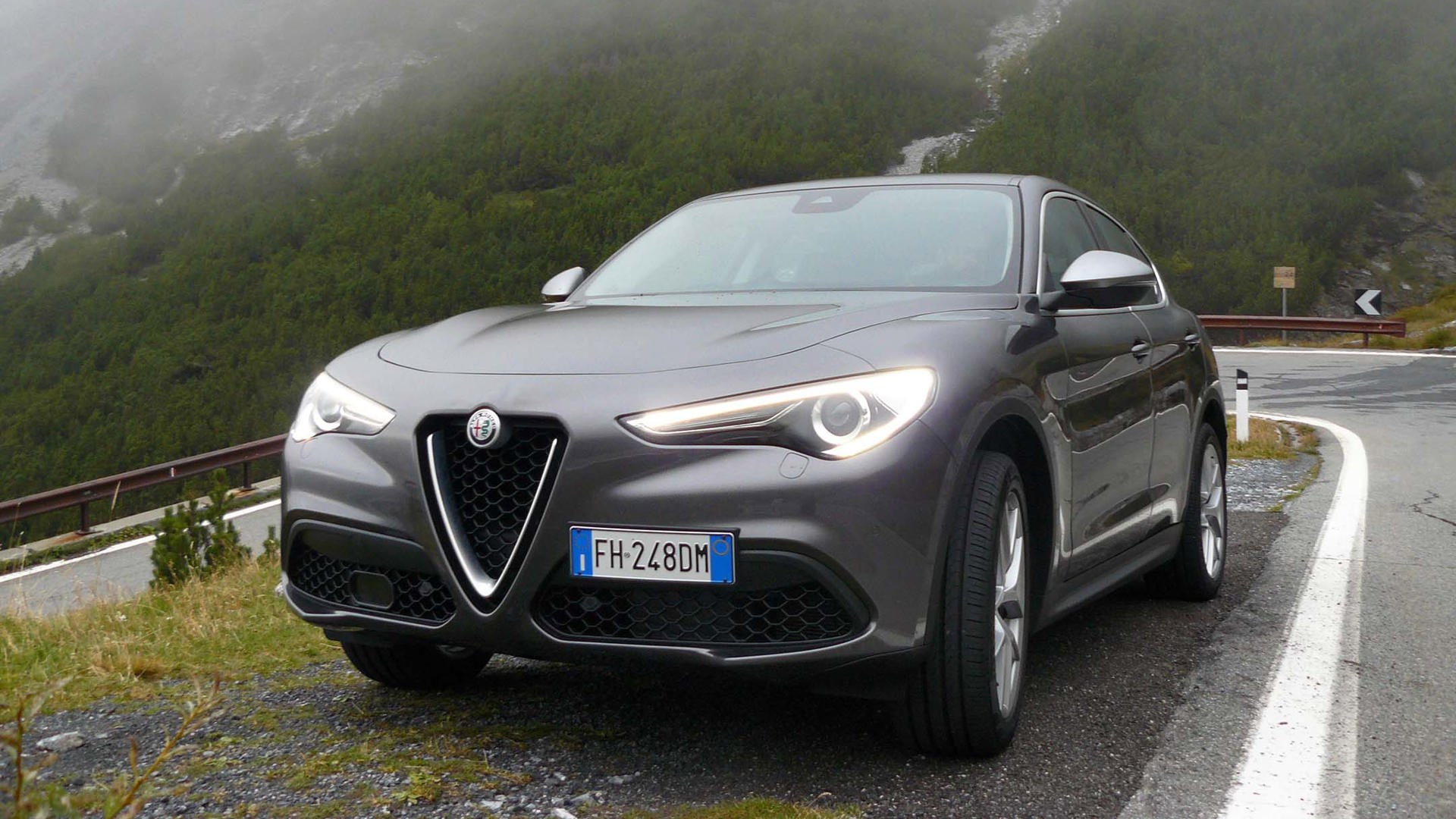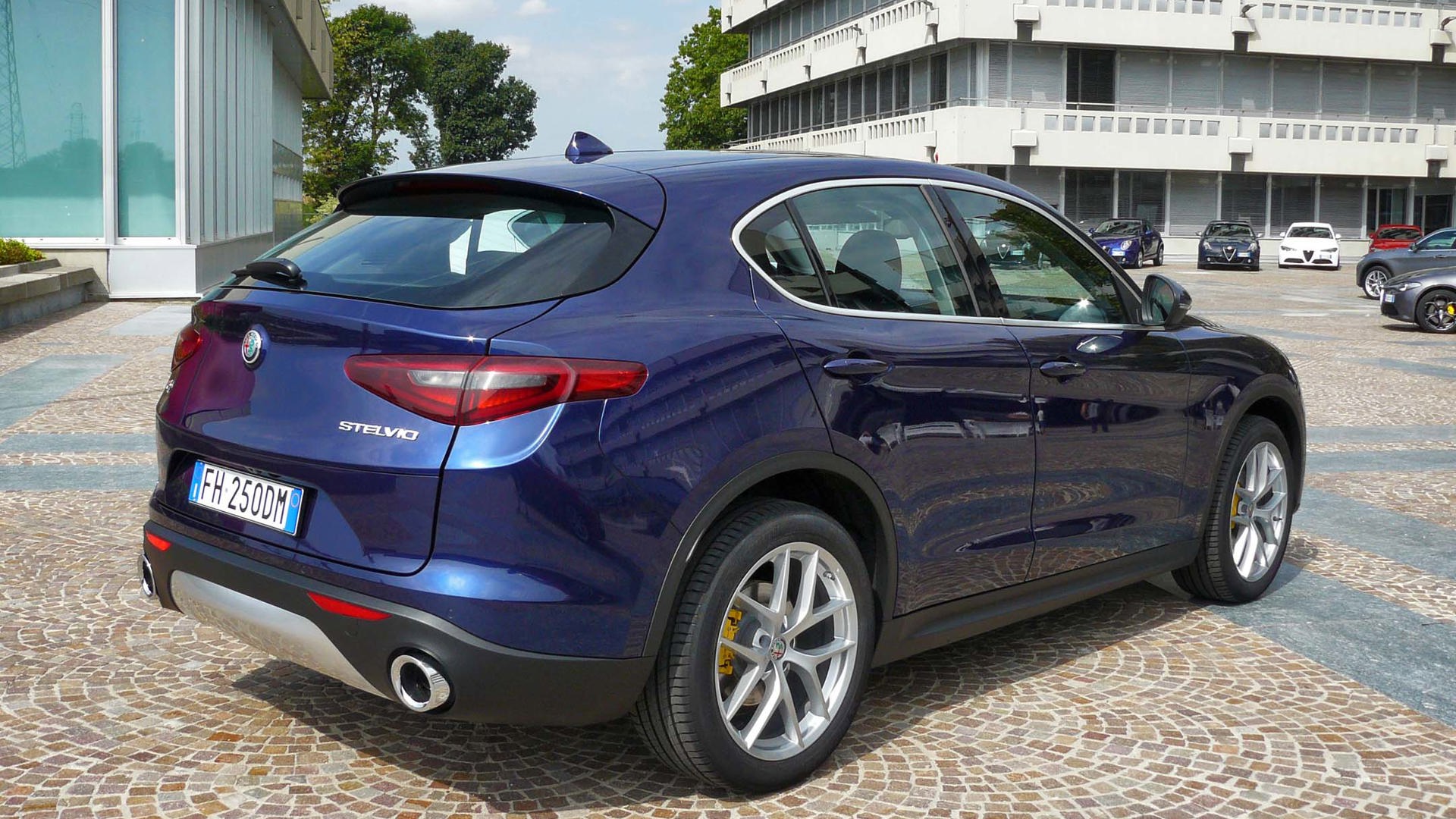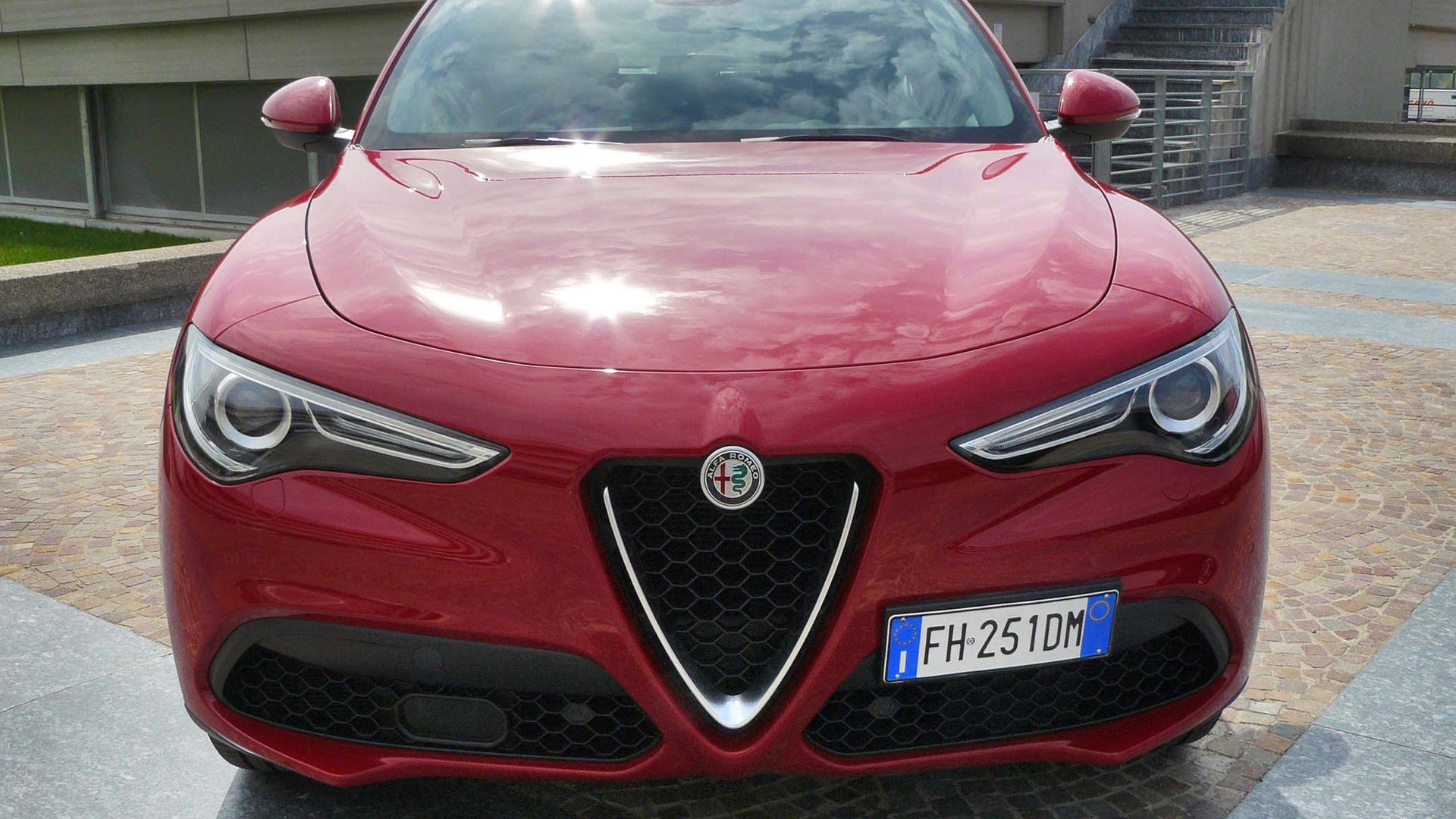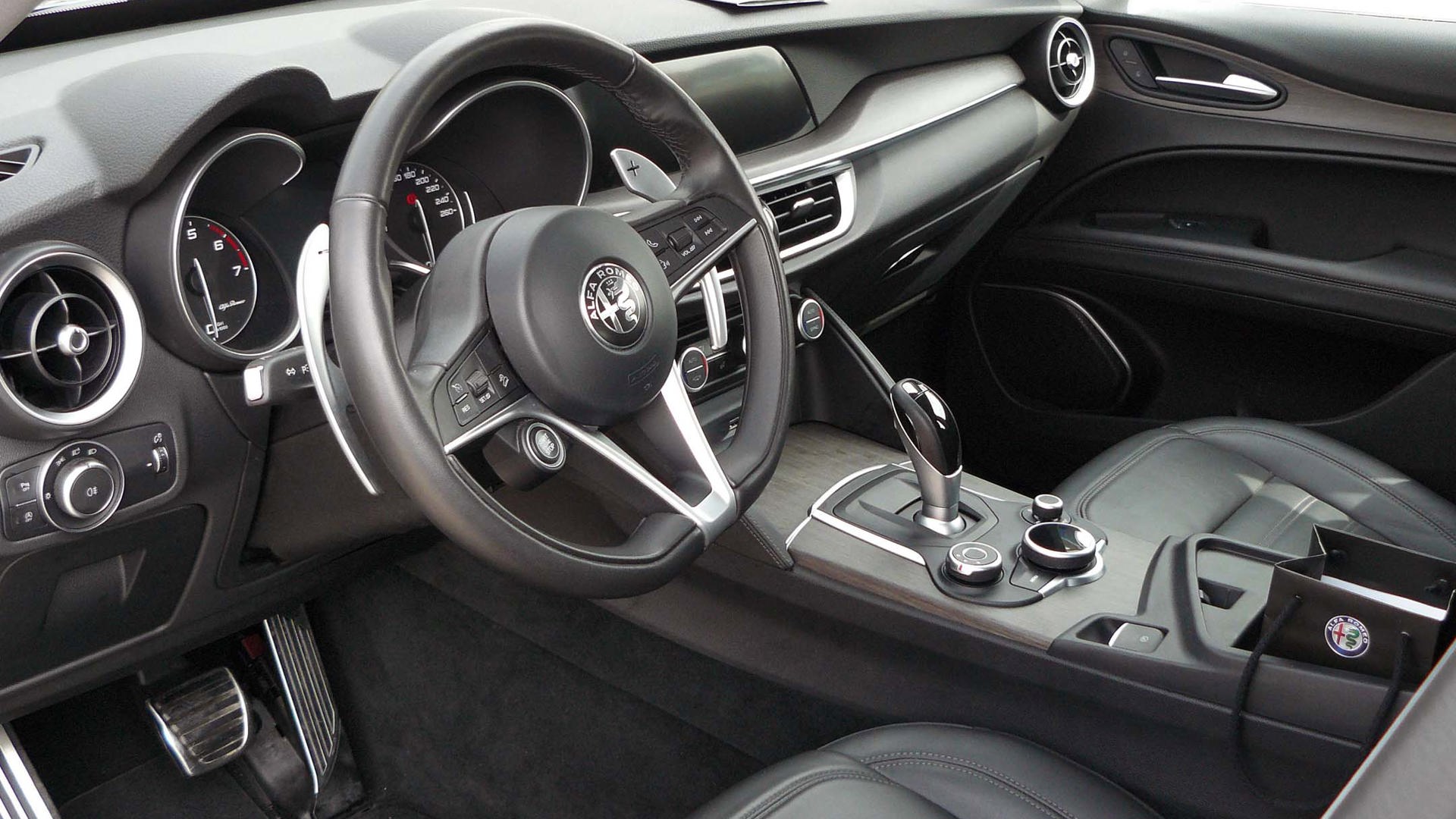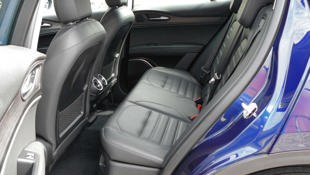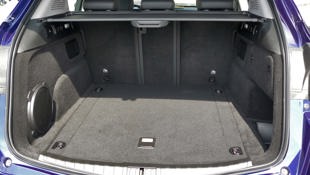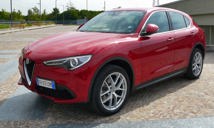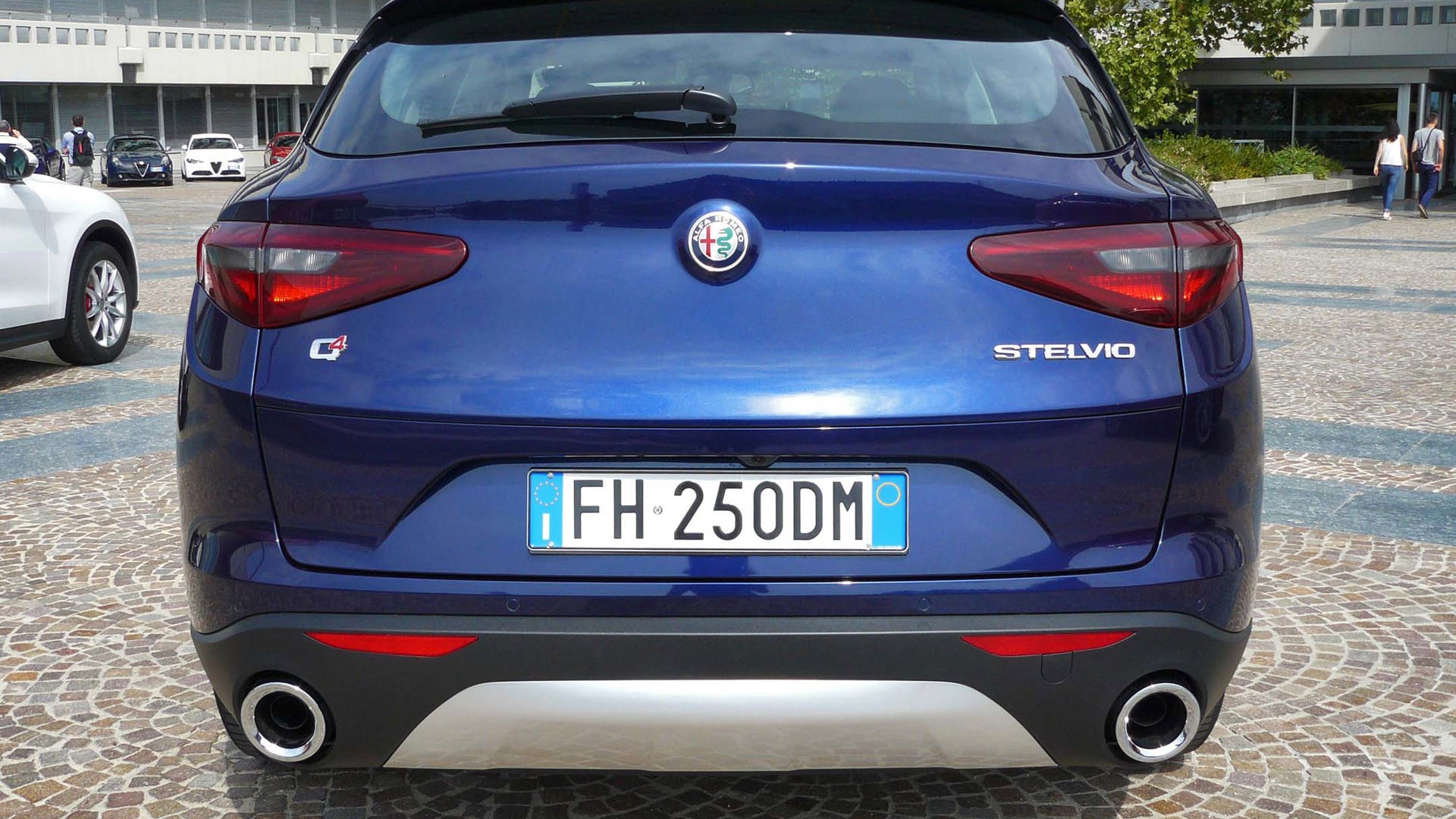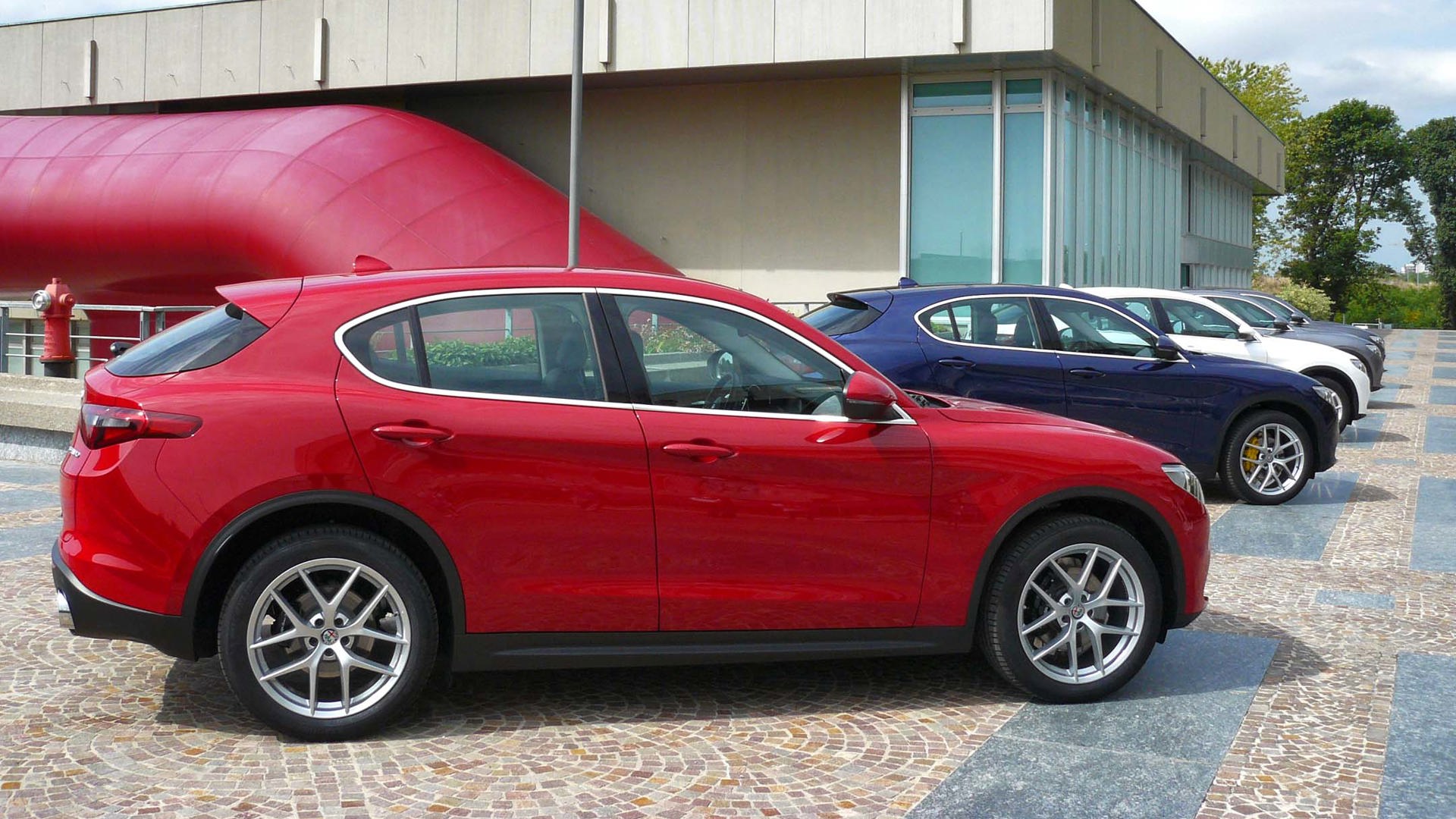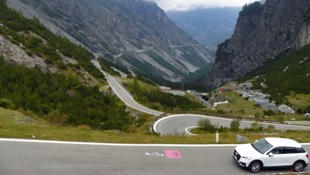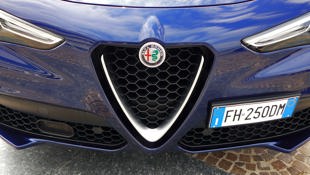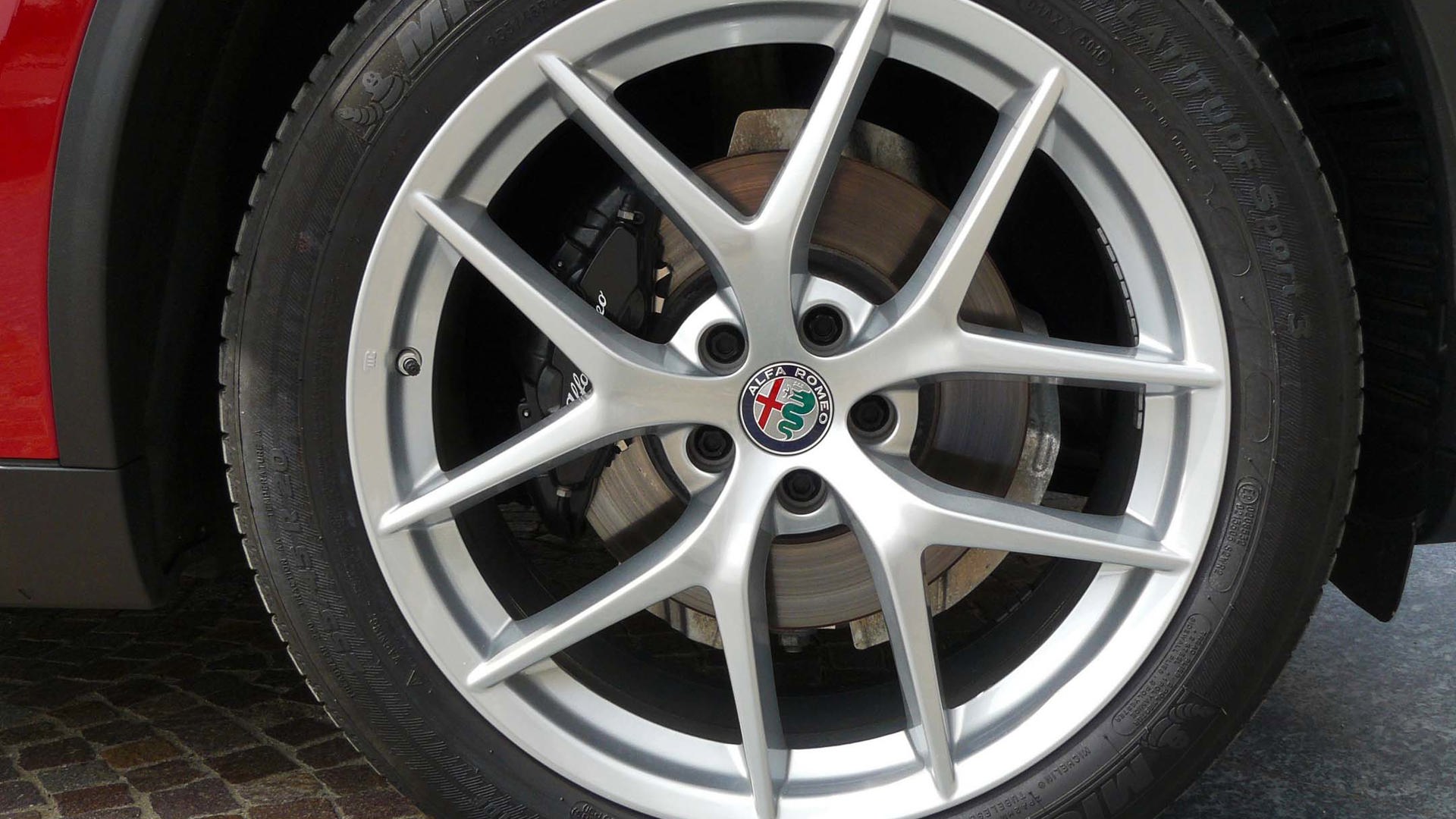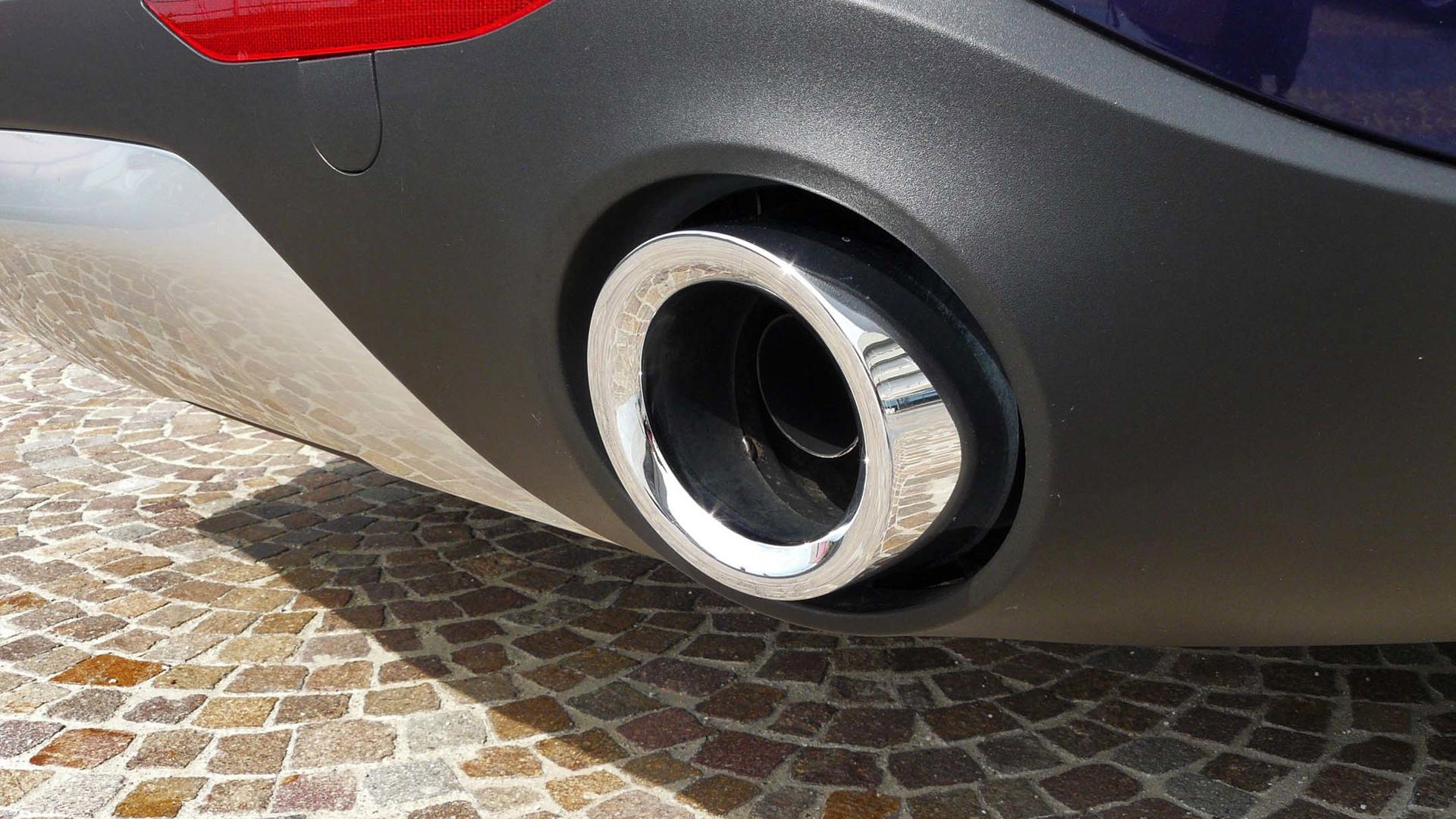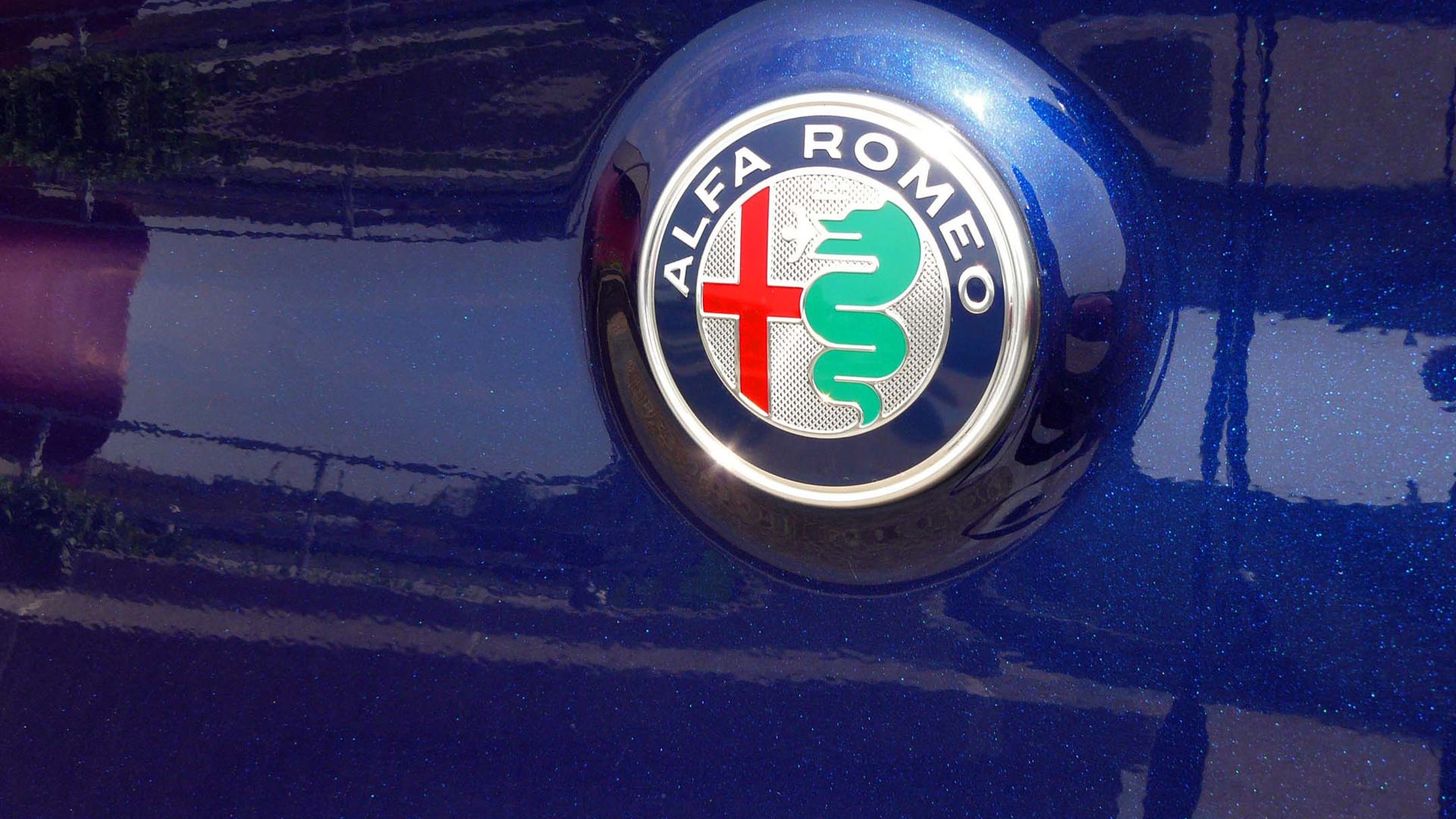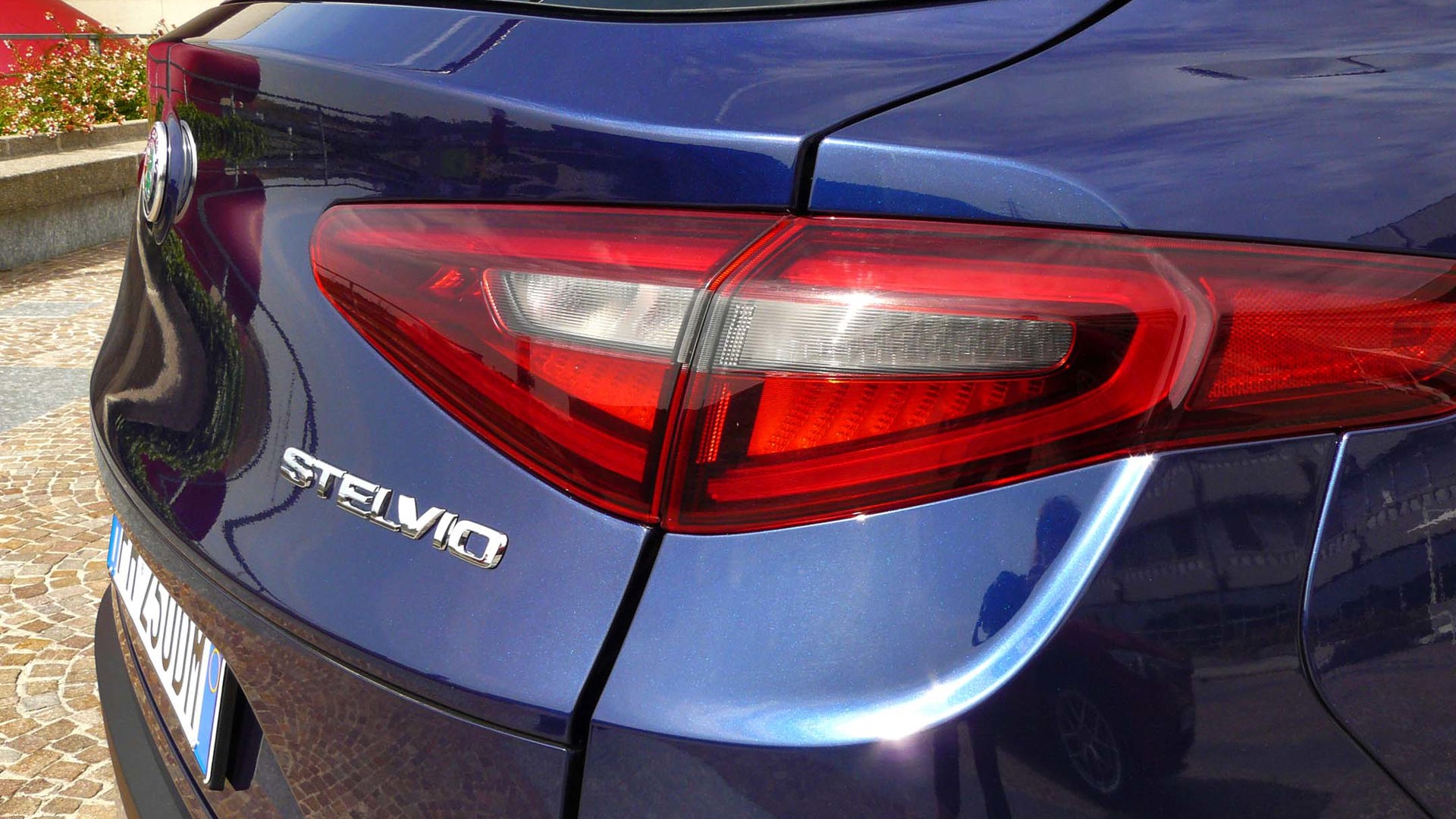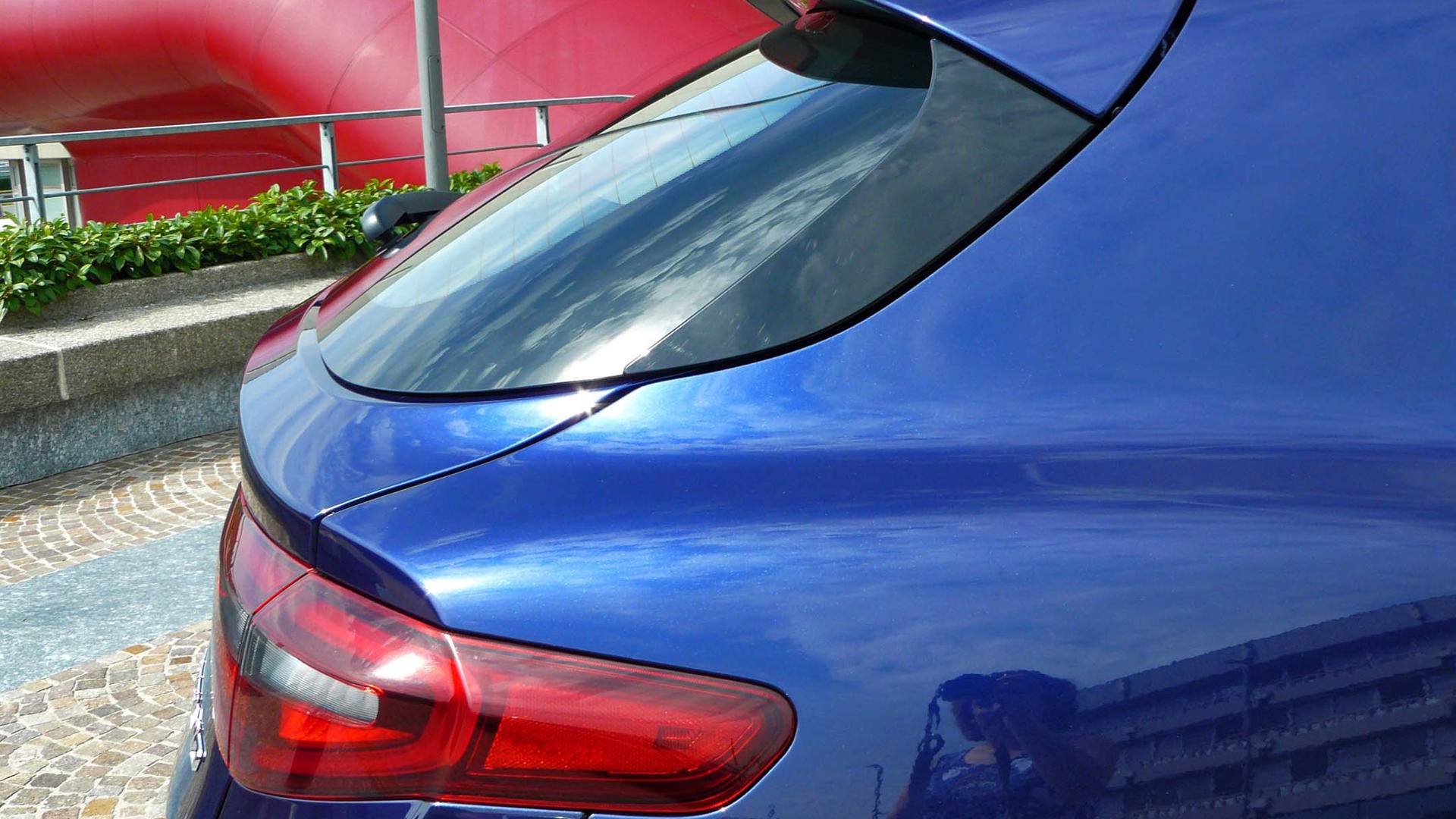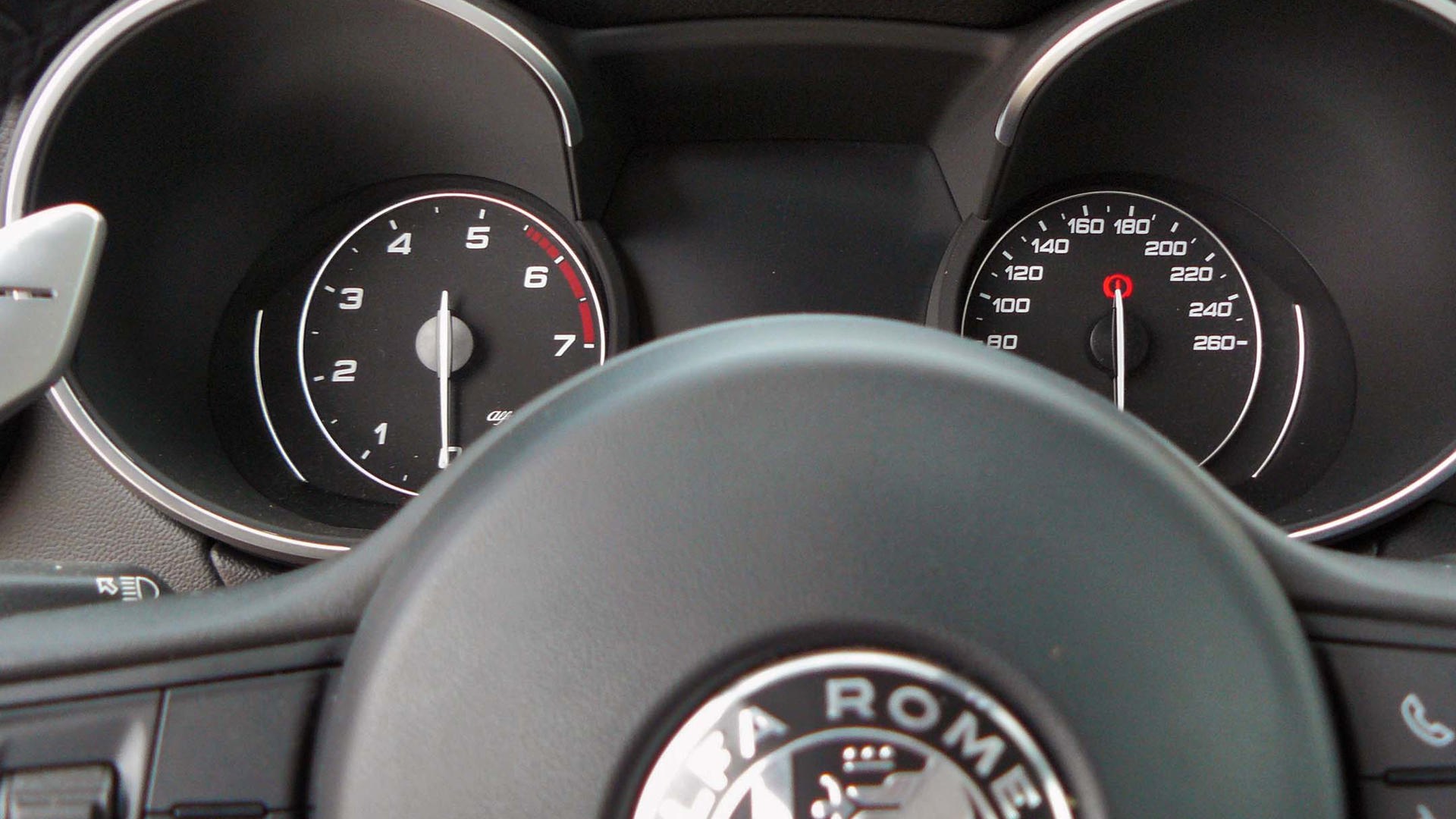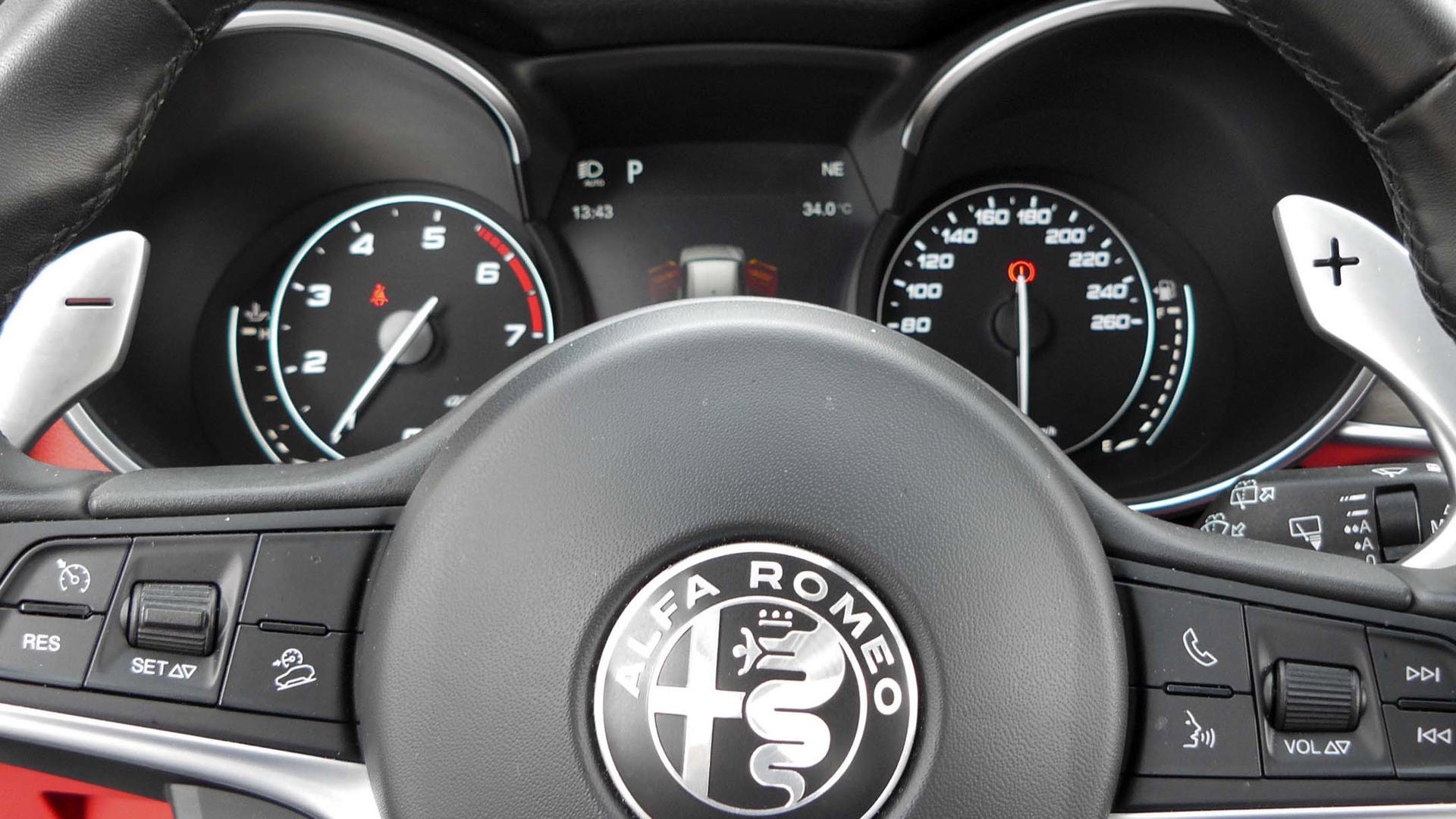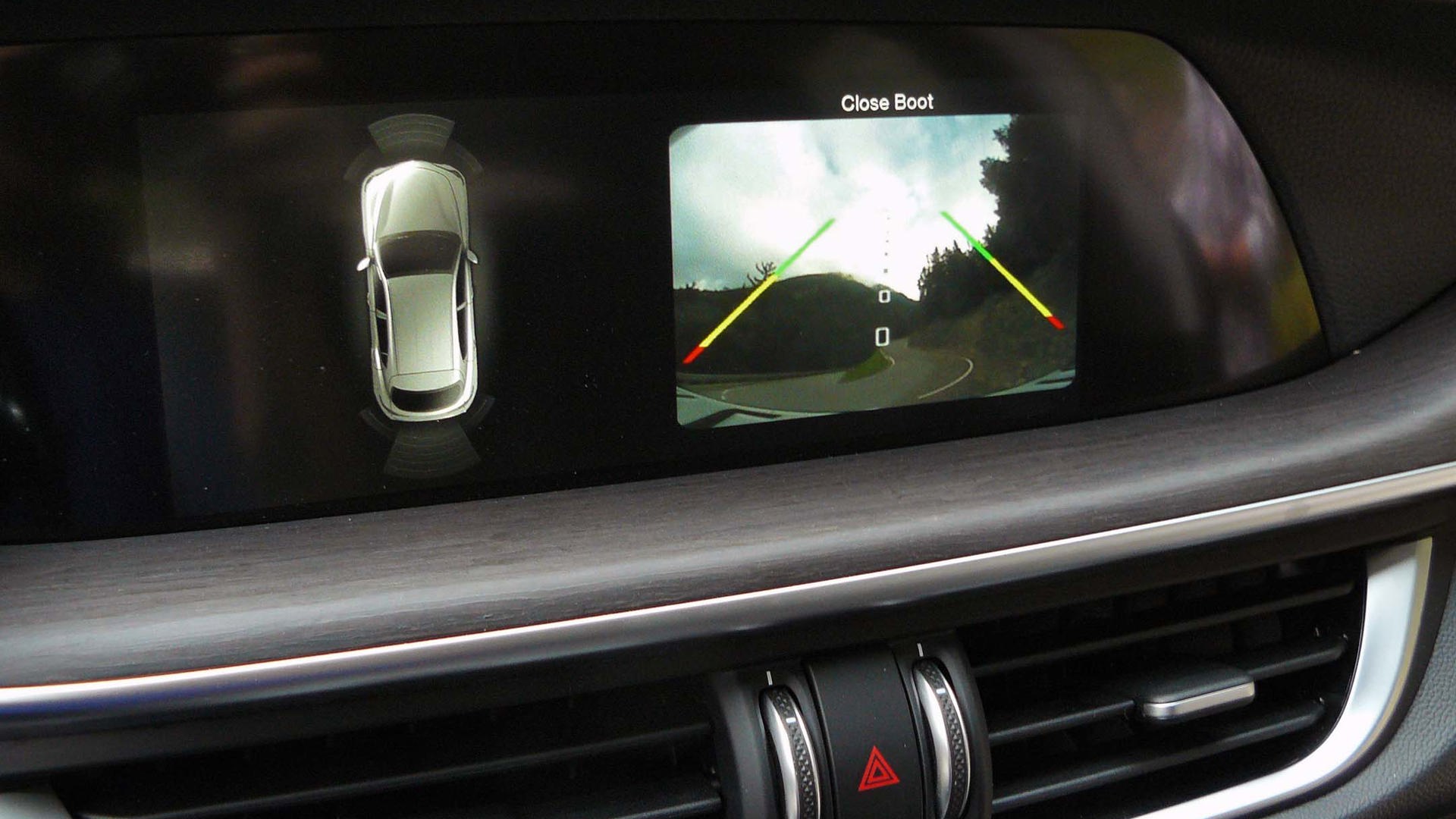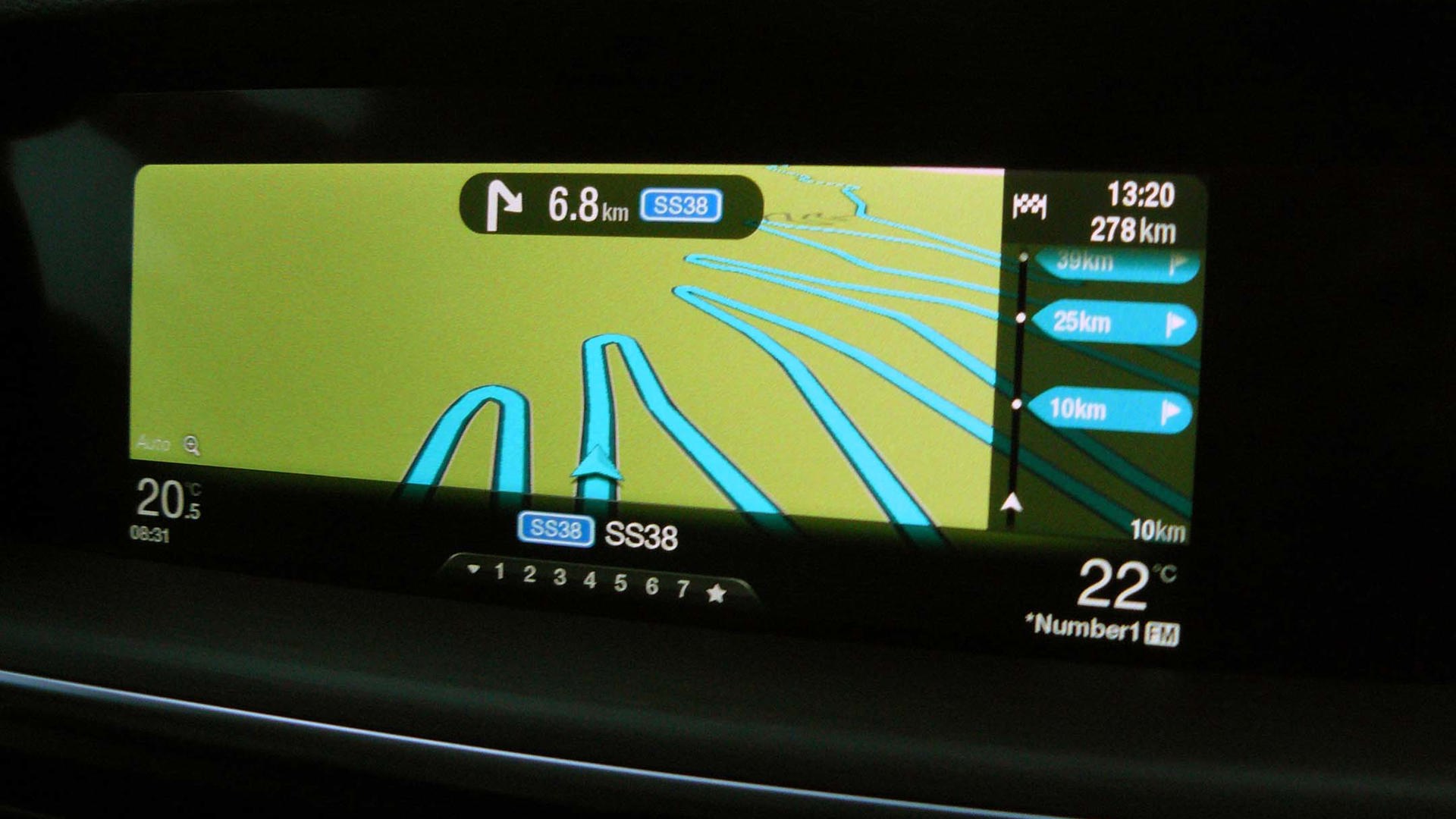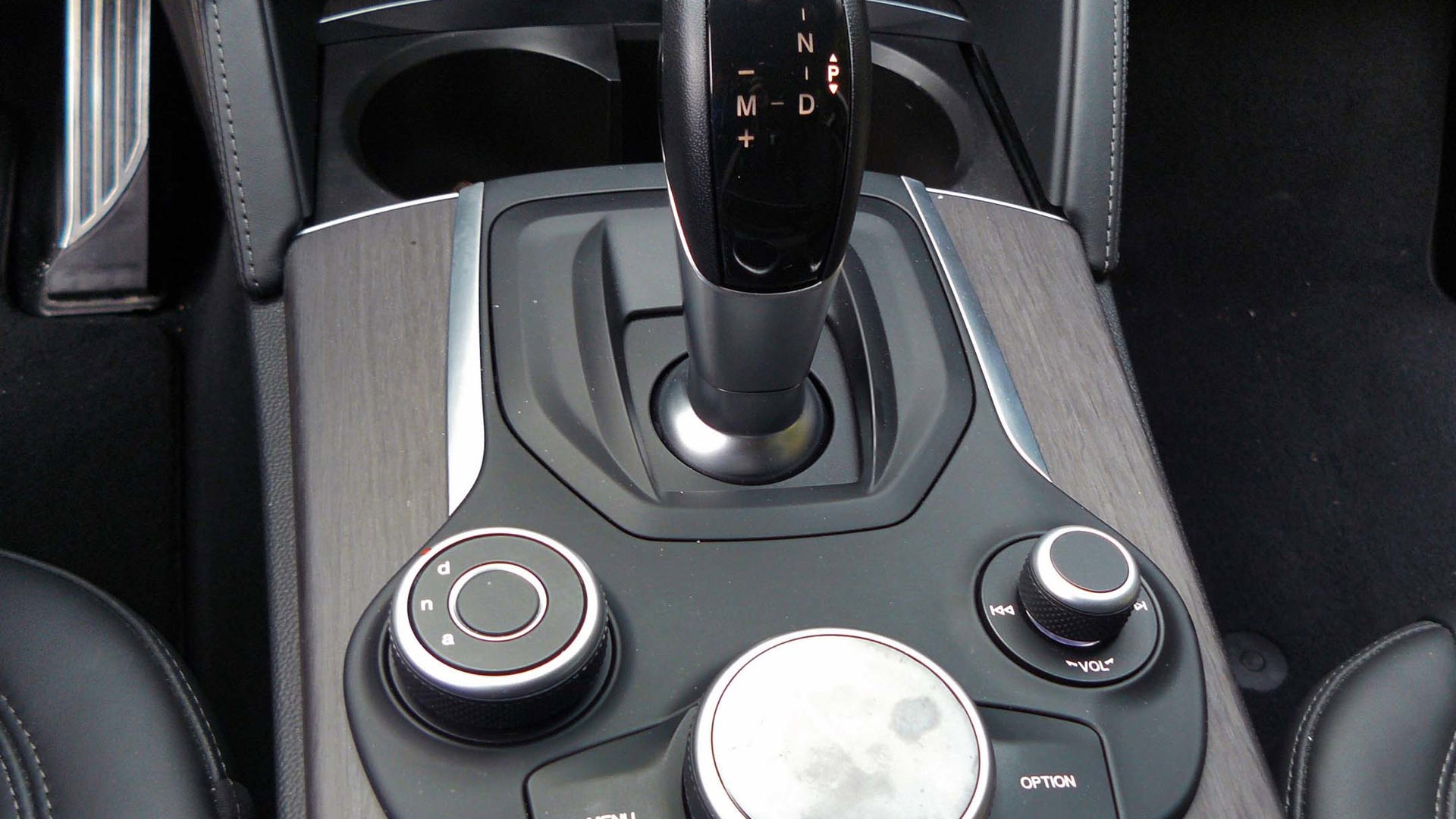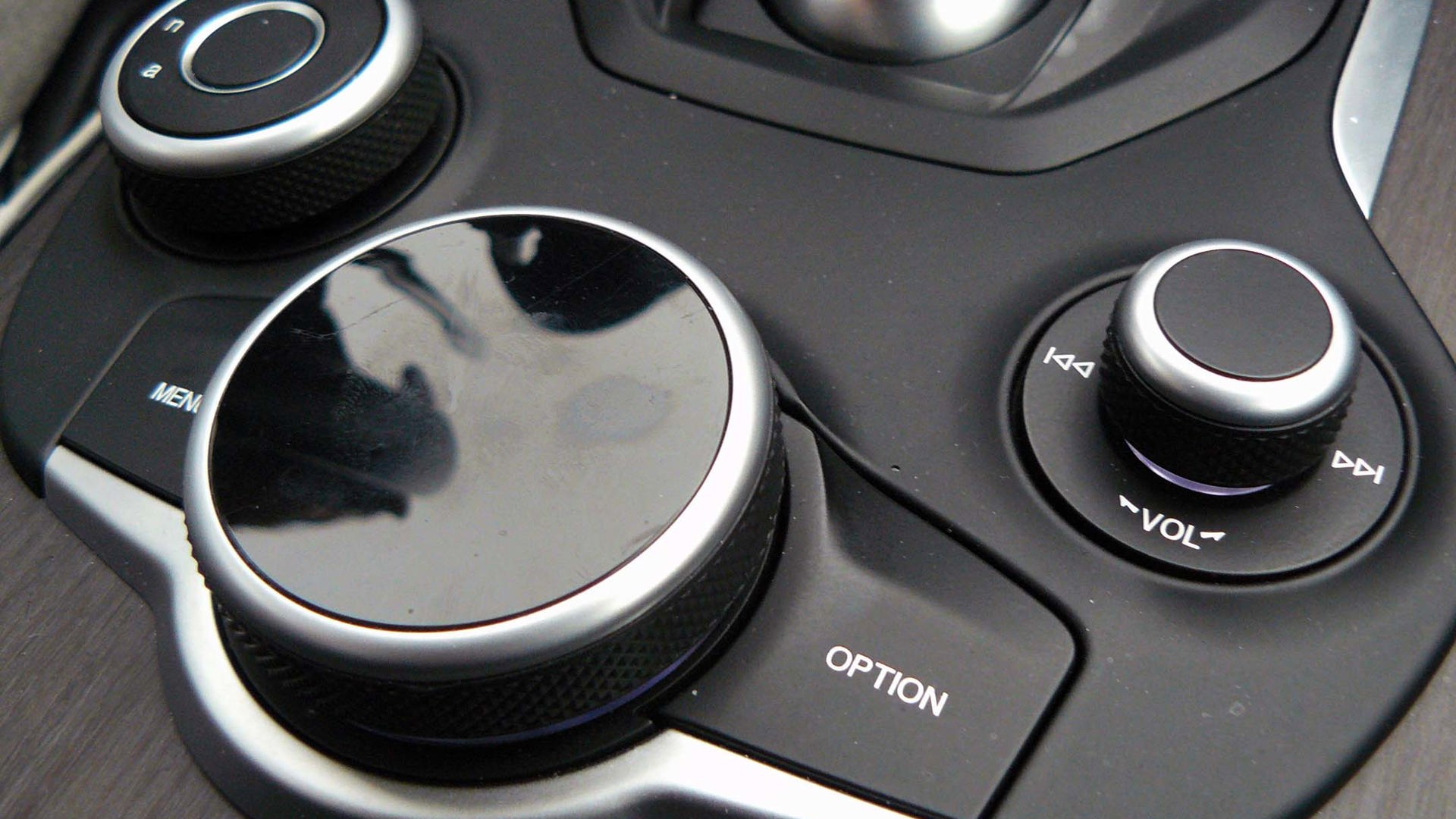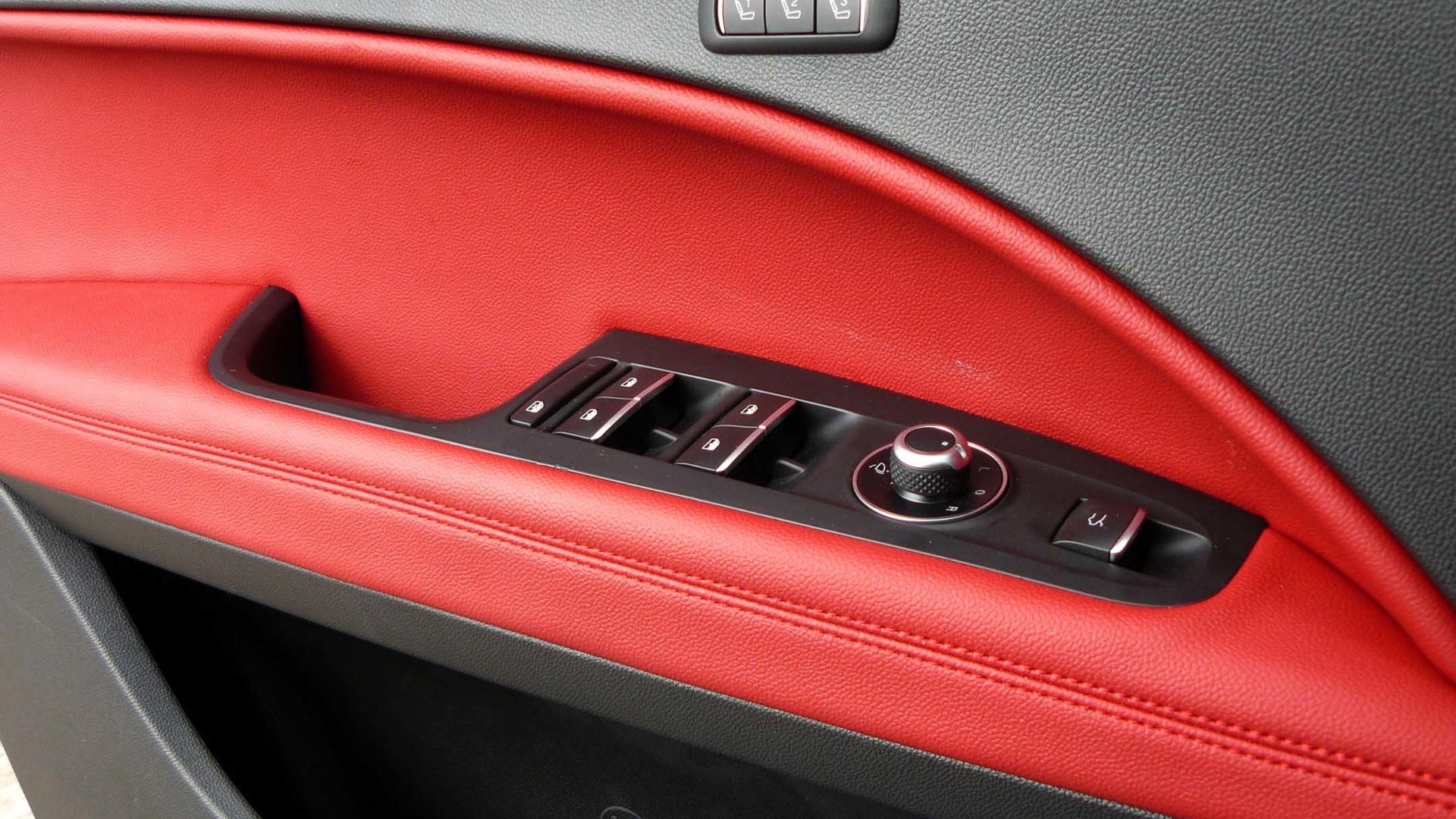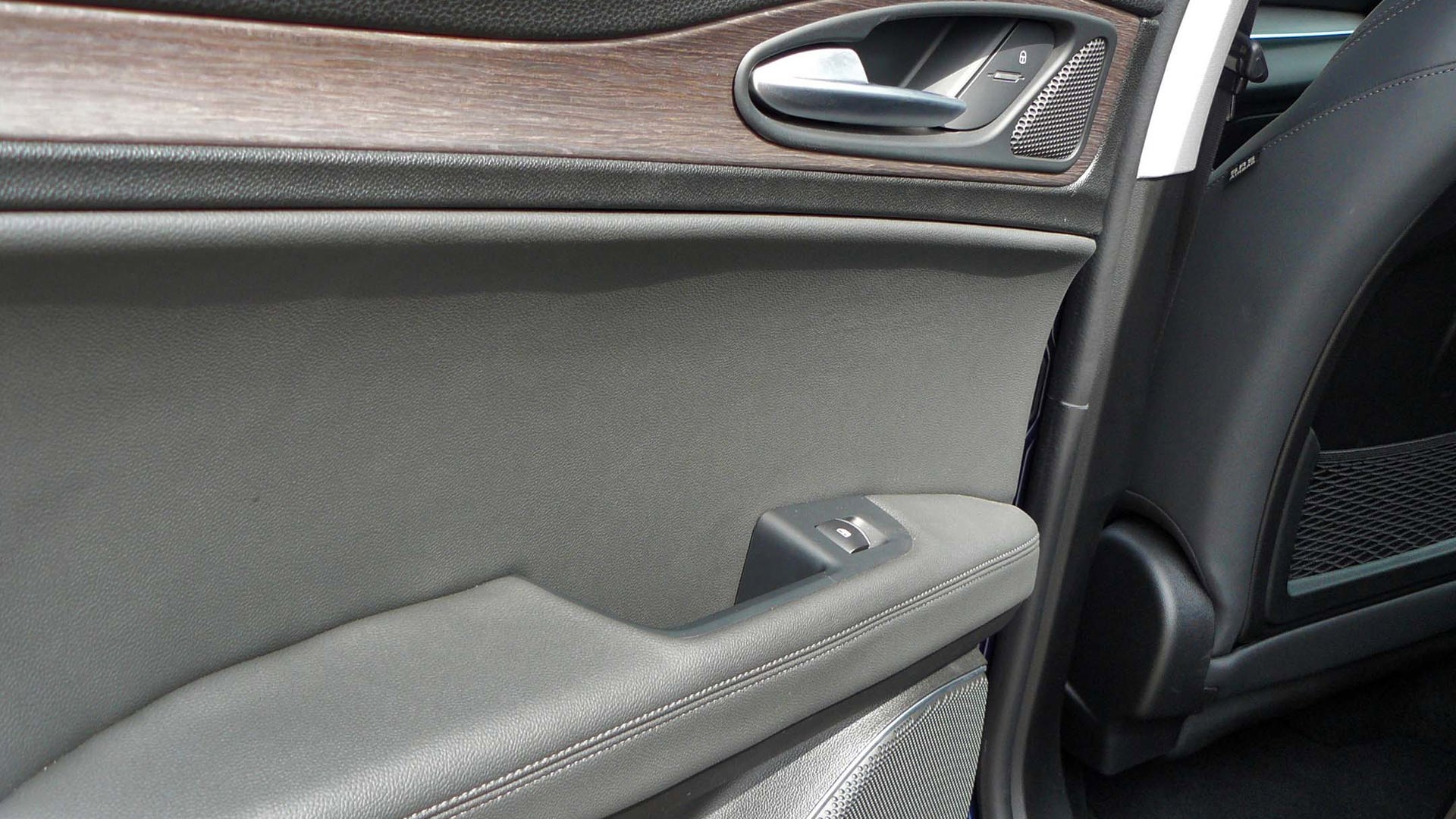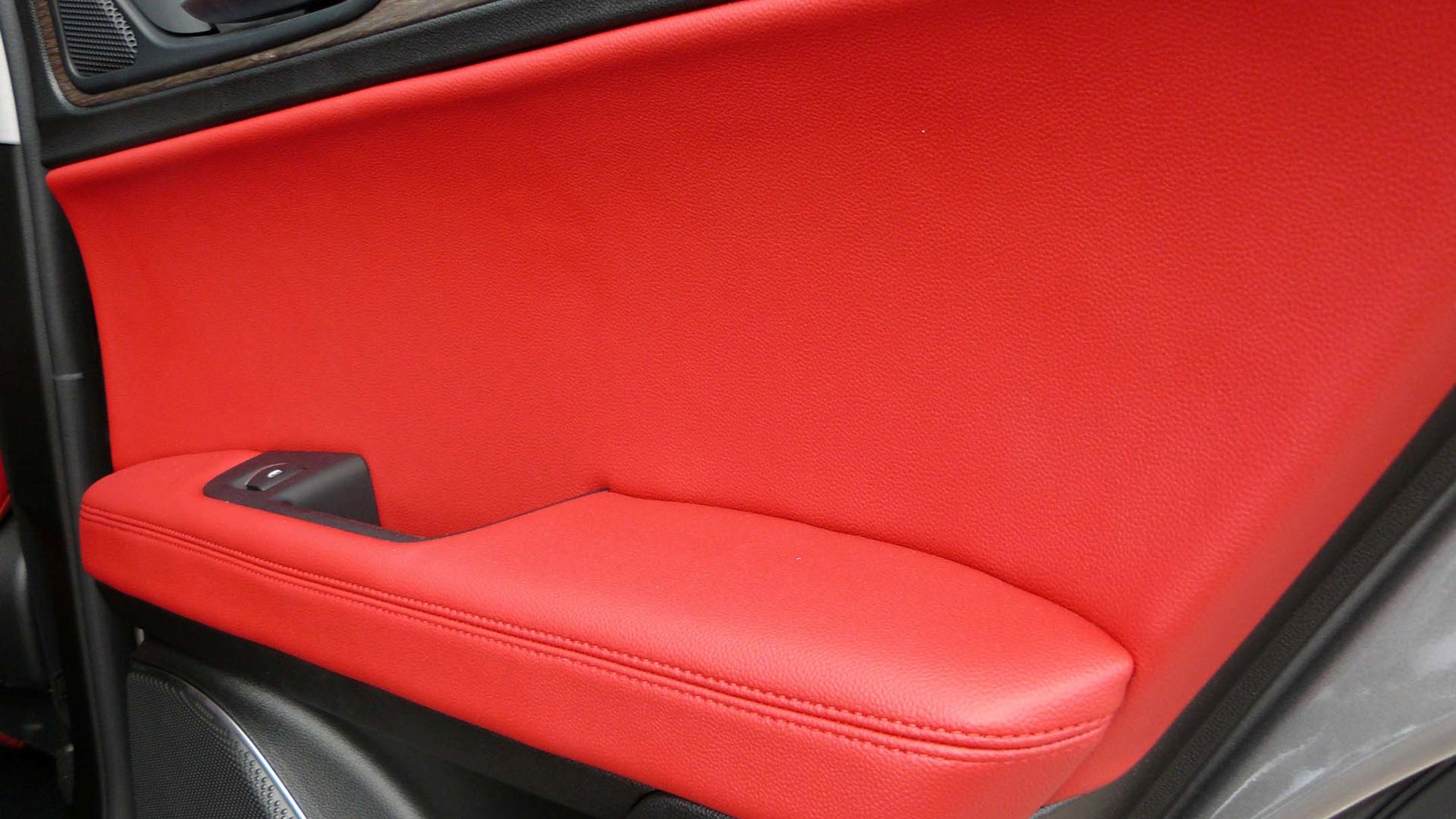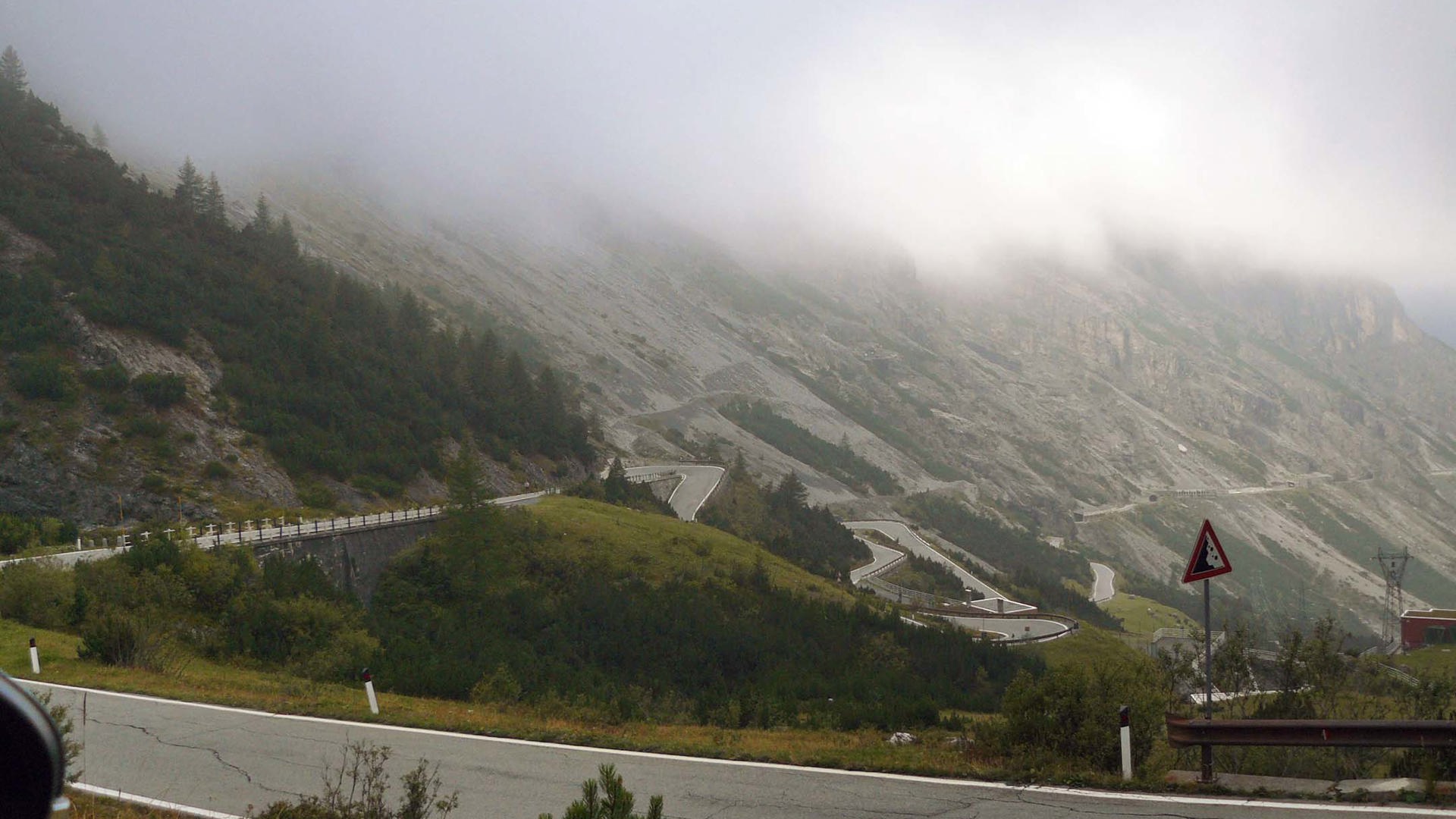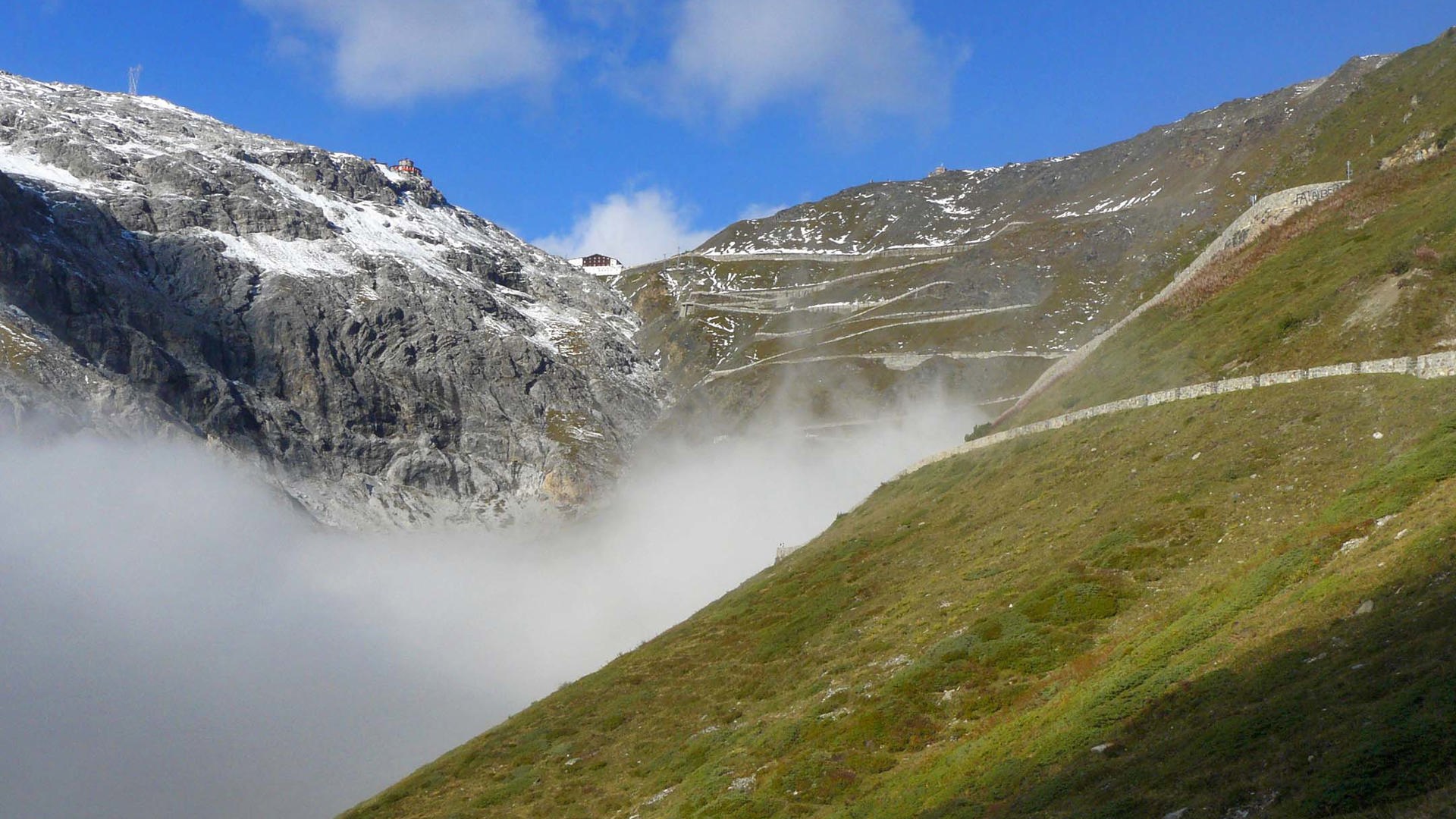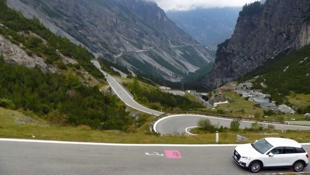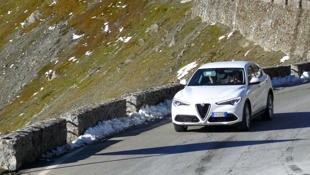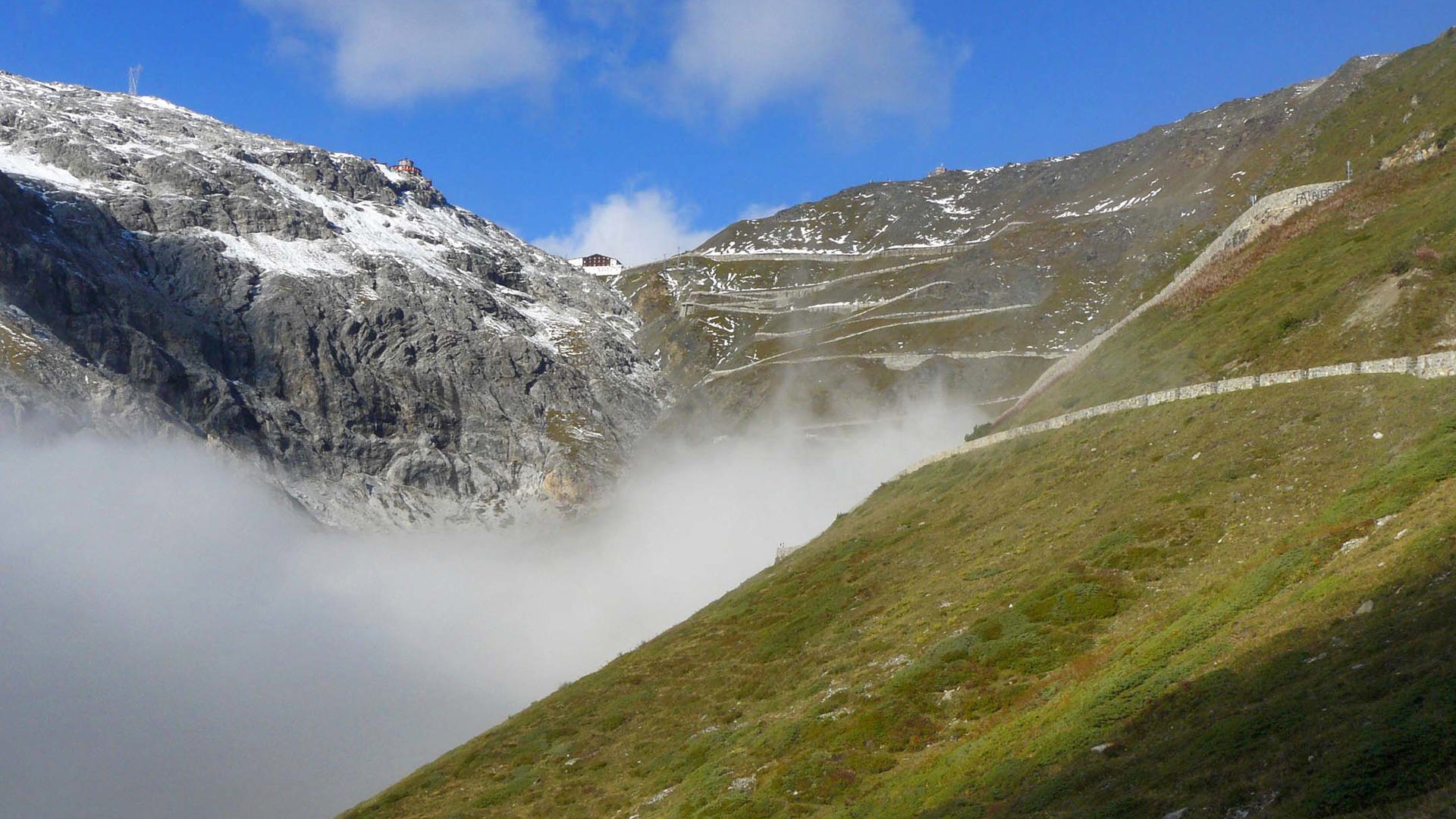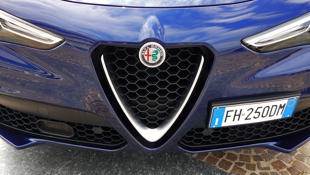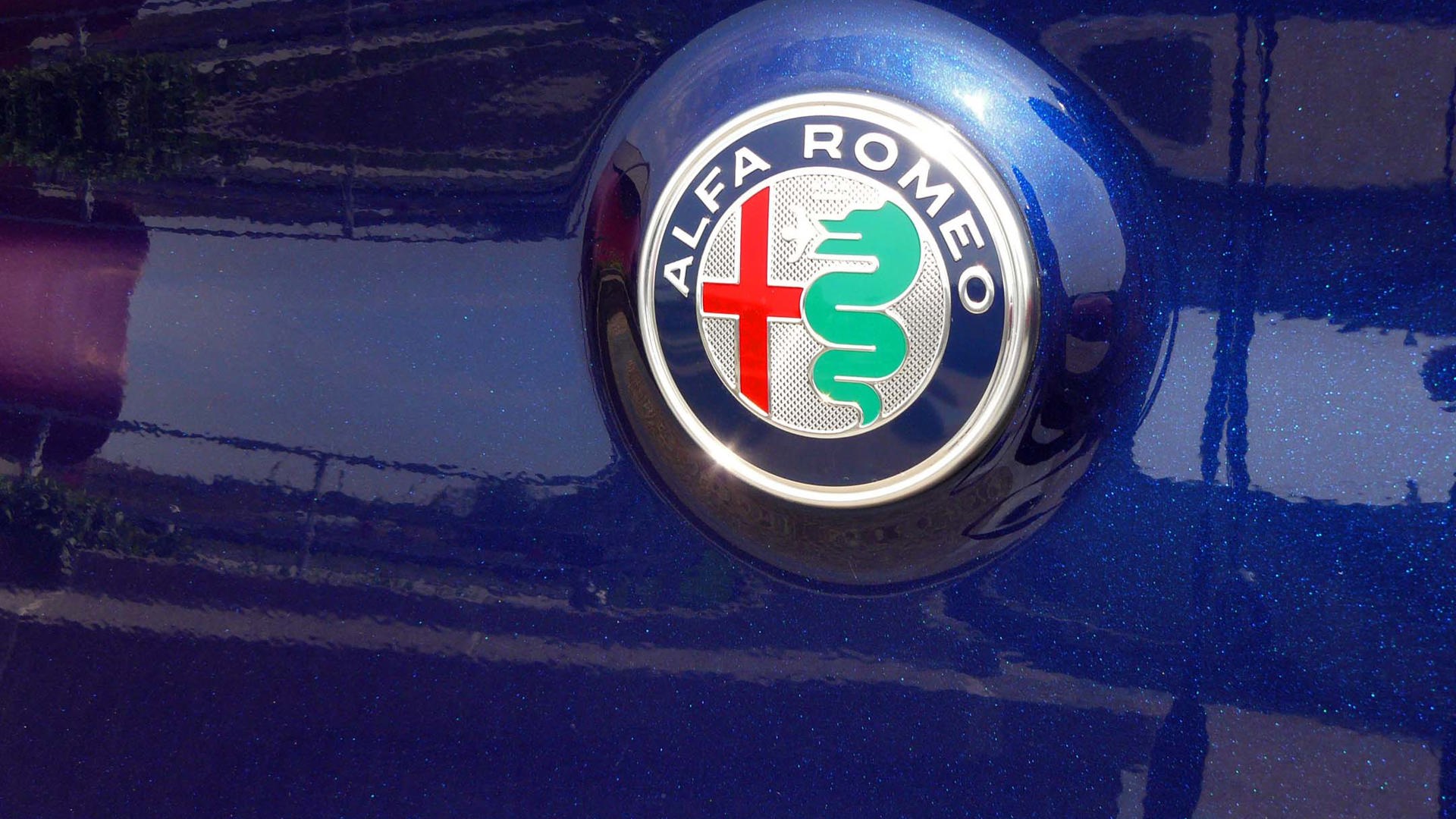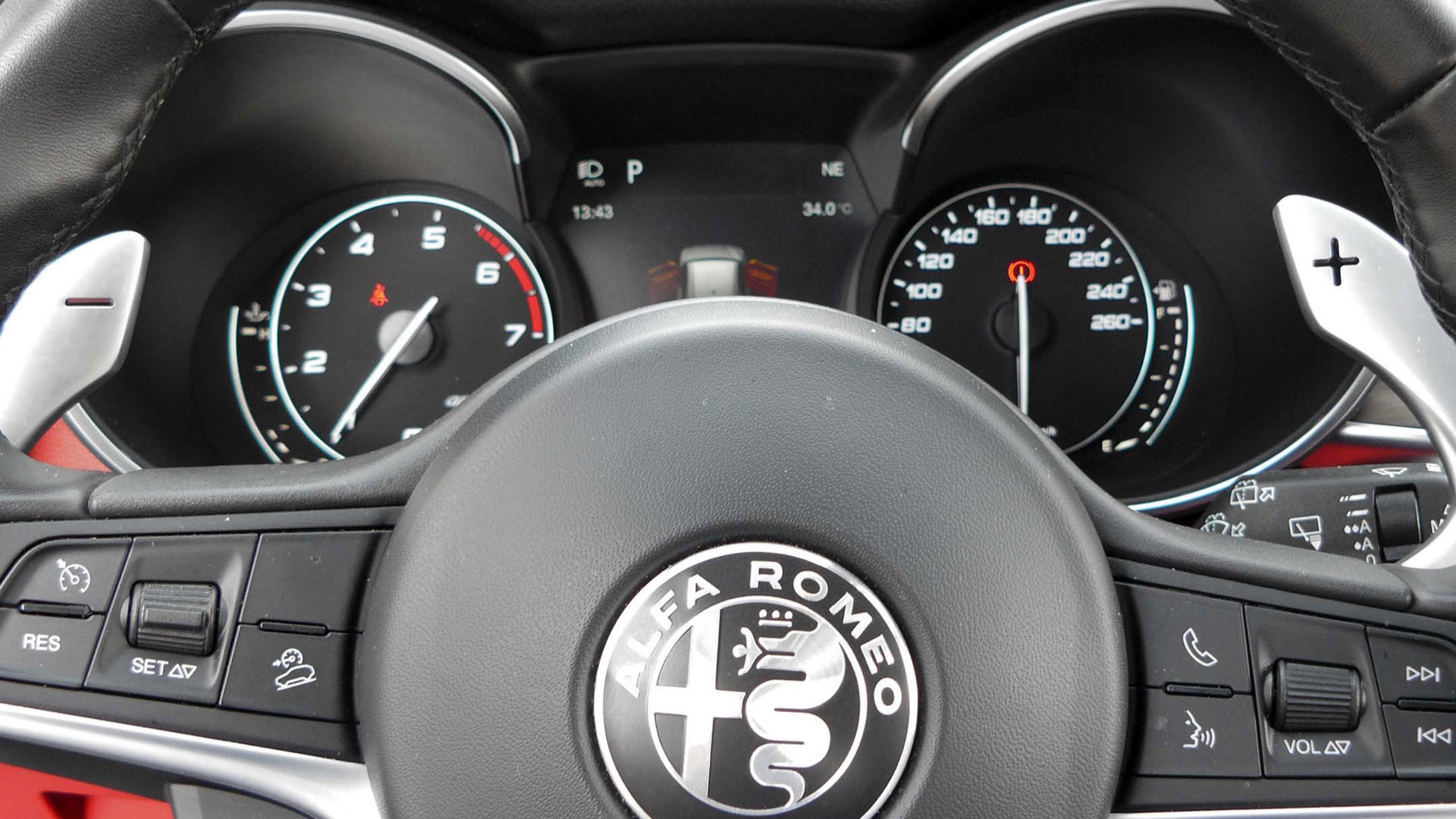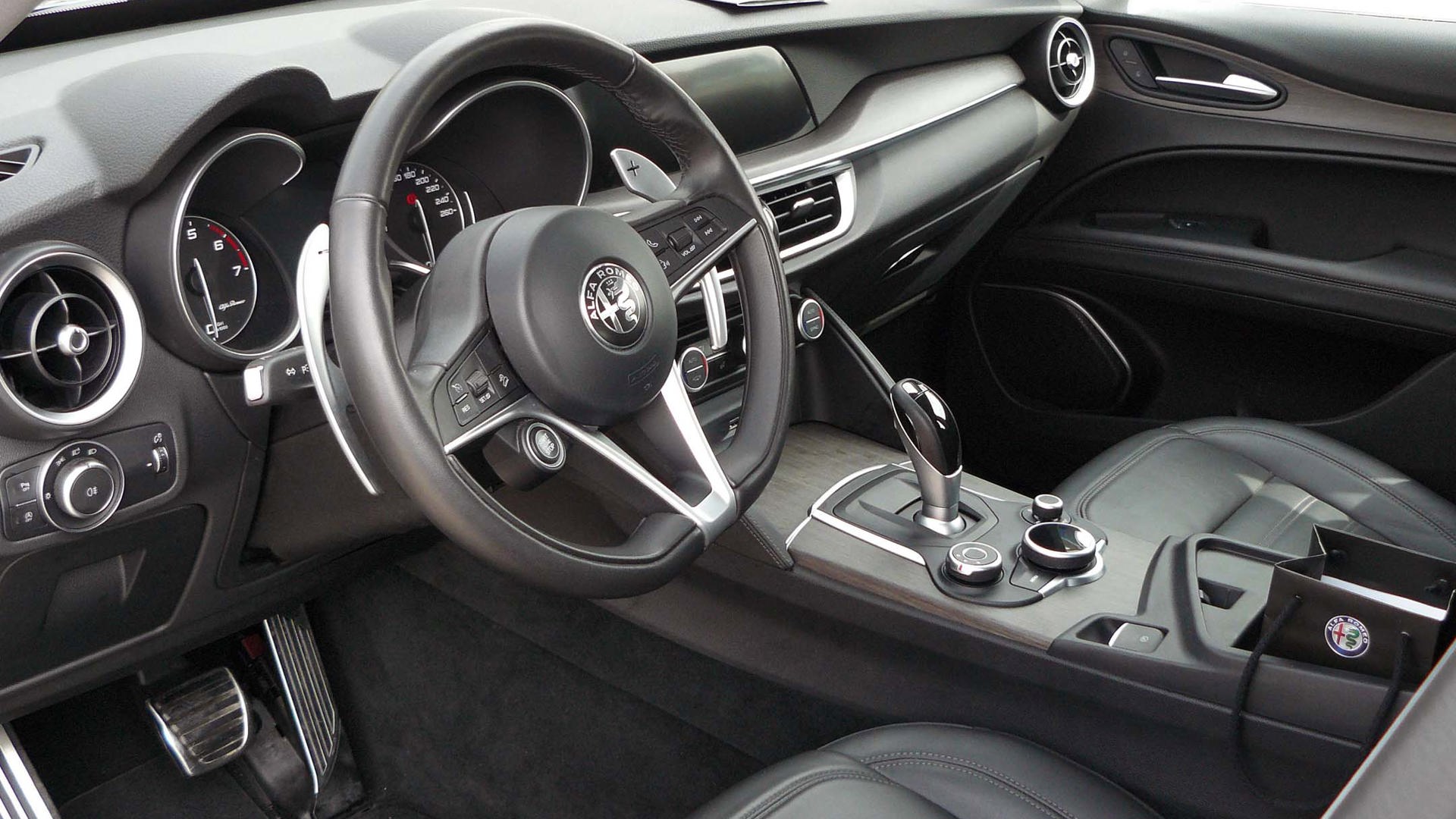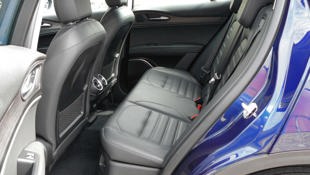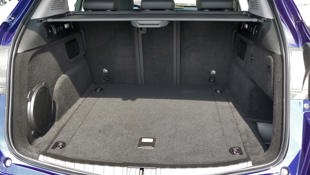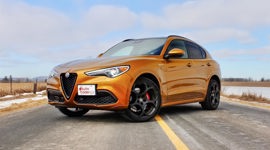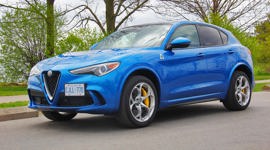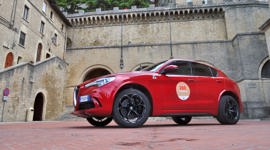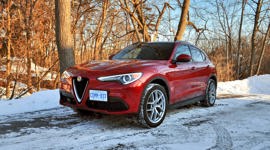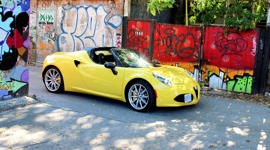Sport-utilities are one of the fastest-growing segments in Canada. New contenders keep coming to market in record numbers trying to get a piece of the pie. Even Italian automakers like Alfa Romeo are cashing in on the craze with their first-ever SUV with the mid-size 2018 Stelvio.
Perhaps a smaller Alfa Romeo 4C with a tighter turning radius would be more suited for this drive, but the Stelvio can hold its own.
Named after the famous Passo dello Stelvio, or Stelvio Pass, it’s the highest paved mountain road in Italy and the second highest in Europe. Carved deeply into the northern Italian Alps, it’s a bucket-list drive for any thrill-seeking car enthusiast. And there’s no better place to put this newest Alfa Romeo SUV through its paces than the road it’s named after.
The British TV show Top Gear and its former hosts Jeremy Clarkson and company put the Stelvio Pass on the map, so to speak. They dubbed it the “greatest driving road in the world” in 2008. Since then, cyclists and motorists alike have flocked to conquer its treacherous path, filled with 48 hairpin turns over a nearly 20-kilometre stretch that zigzags along the mountainous northern Italian border, rising in altitude sharply, all the way up to 9,000 feet.
This alpine route isn’t for the faint of heart. Breathtaking to behold, it’s intimidating at first sight. But it does get the blood flowing fast.
Secretly I’m hoping my ride is the top-of-the-line high performance Stelvio Quadrifoglio. Do you blame me? At the heart of this SUV is Alfa Romeo’s most powerful production engine ever: a 2.9-liter, twin-turbo intercooled V6 engine, which pumps out a gut-wrenching 505 hp and 443 lb-ft of torque! It can hit 100 km/h in about 3.9 seconds en route to a top speed of 285 km/h. But unfortunately that model won’t be available until early 2018.
So beggars can’t be choosers, especially considering I’m one of only eight Canadian journalists doing this drive.
My tester is a mid-level 2018 Alfa Romeo Stelvio Ti. It’s powered by a 2.0-liter turbocharged inline-four mated to an eight-speed automatic transmission. It delivers 280 horsepower and 306 lb-ft of torque and can reach 100 km/h in a decently quick 5.4 second sprint, with a top speed of 233 km/h.
Weighing in at 1,604 kg, the Stelvio doesn’t feel heavy or cumbersome to drive. “We have developed a huge amount of parts of the Stelvio in ultra-light-weight material – magnesium, aluminum on the body and mechanical parts, for example, on the hood, the doors, the suspension systems, and so on,” says Federico Landini, Alfa Romeo Product Development, ahead of our test drive, explaining that the Stelvio is the first vehicle to use carbon fibre on the propshaft, allowing a weight reduction of 15 kg.
The Stelvio actually drives like a car – it’s built on the Giorgio platform, which is the same architectural platform as the Giulia. “There are many connections with Giulia – the ingredients are the same, but in different proportions, different dimensions, and a different position of the car,” says Alessandro Maccolini, Chief Designer Exterior, Alfa Romeo. The Stelvio SUV has the same wheelbase (2,820 mm) and the same architectural suspension schemes as the Giulia, but the front wheel track is 54 mm wider and the rear wheel track is 29 mm wider. So it’s very nimble as we turn sharp left, sharp right repeatedly.
Along the Stelvio Pass, the speed limit rarely exceeds 50 km/h. At times, you can go beyond the posted limit, but it’s difficult considering the road is crammed with pedestrians, cyclists, buses, and trucks – clearly not built for this road. Add fog to the mix and it makes the drive more challenging. At least it conceals the steep cliffs clinging to the roadside, constantly taunting you. Often the road is so narrow there is barely room for one vehicle let alone two. Perhaps a smaller Alfa Romeo 4C with a tighter turning radius would be more suited for this drive, but the Stelvio can hold its own.
Alfa Romeo’s racing DNA comes through in its sporty ride and handling. Shifting back-and-forth from one hairpin turn to another, the SUV proves nimble and well-balanced, with nearly 50/50 weight distribution. Alfa’s Drive Mode Selector lets you easily change the driving mode by turning a dial in the centre console. You can chose between three modes: Dynamic for more aggressive engine, transmission, and throttle responses; Natural, the most comfortable ideal for a daily drive; and Advanced Efficiency, an eco-friendly alternative to improve fuel efficiency.
Officially, the Stelvio’s fuel economy numbers are 10.8 L/100 km in the city, 8.3 L/100 km on the highway and 9.6 L/100 km in combined driving. For this route, my top choice is dynamic mode. Spirited and sporty, it’s perfect for the twists and turns. The steering is responsive; the transmission is smooth and precise, shifting through the eight gears seamlessly. Big aluminum paddle shifters mounted to the steering column allow you to change gears manually for a more engaging drive; it can deliver gearshifts in less than 100 milliseconds.
Along the route, makeshift memorials line the road, a constant reminder to slow down and respect the surroundings. The Q4 all-wheel-drive system, standard on all three Stelvio models, is an on-demand all-wheel-drive system. It runs with a strong rear bias, but can transfer up to 60 percent of the engine’s torque to the front axle for better control when needed.
Safety features are plentiful and include a forward collision-warning system with automatic emergency braking that can bring the vehicle to a complete stop if it senses a frontal collision is imminent; adaptive cruise control, which maintains a safe distance from the vehicle ahead and, under certain traffic conditions, the system can bring the SUV to a full stop without the driver’s input; and a lane-departure warning system that alerts the driver of inadvertent lane departures.
On a minor note – the sensor warning sound is a bit wimpy – it sounds like piano keys rather than a bold warning chime. But it does manage to get your attention.
On the exterior, the styling is distinctively European with Italian flair and elegance. The rear three-quarter design does share similarities with a Porsche Macan – one of its main competitors along with the Mercedes-Benz GLC300, BMW X3, Jaguar F-Pace, and Audi Q5. The front end is distinct with Alfa Romeo’s iconic “Scudetto” triangle grille bordered by twin lateral air intakes that form Alfa Romeo’s signature design staple, the “Trilobo”.
The Alfa Romeo logo reflects the company’s rich racing history, dating back 107 years. “How can our logo and brand be so iconic? In the 85-mm diameter of our badge there is an incredible history. You can understand our history better if we explain the reason why we have many elements in our badge. The red cross is the symbol of Milan; the snake is the symbol of the Visconti family in Milan – and ALFA is Anonima, anonymous; Lombarda, we are in this region; Fabbrica, the factory; and Automobili,” says designer Maccolini.
The interior is understated, simple, and a bit muted, with no overstated design cues. But it is well laid-out, intuitive, and easy to quickly locate functions. The fit and finish, however, aren’t up to par compared to the competition. Some of the materials, like the real wood, lack the craftsmanship of an Audi Q5, for instance. The graphics on the navigation and the system itself seem a bit outdated and fickle – rerouting us on several occasions. Still, there are some nice sporty touches including an engine-start button positioned on the flat-bottom Formula One-inspired steering wheel. And the bold red leather seats on my tester are a stunning shade that complements the grey exterior perfectly.
The drive and front passenger seats are comfy and supportive; they also move 10 ways including four-way lumbar. Headroom in the rear is excellent, but you must be mindful when entering the rear seats – it’s easy to bang your head when entering inside. A power liftgate also makes it a cinch to load or unload items in the cargo area, which has 525 litres of space.
The base 2018 Alfa Romeo Stelvio AWD is already in dealerships. It starts at $52,995 and includes 18-inch aluminum wheels, leather seats with 10-way power, heated front seats, a heated steering wheel, and a back-up camera with rear park sensors.
The mid-level Stelvio Ti AWD starts at $54,995 and adds 19-inch aluminum wheels, real wood interior accents, an 8.8-inch widescreen display and 3D navigation. No word yet on the Quadrifoglio AWD pricing, but it’s expected to go on sale in early 2018.
The Stelvio will likely be a top seller for Alfa Romeo, attracting new buyers fed up with the same old luxury SUV contenders from Mercedes-Benz, BMW, and Audi.
And of course, when it comes to the road it’s named after, the Stelvio Pass, I beg to differ with Top Gear. The Stelvio isn’t the best driving road in the world, but it does crack my top five list of best driving roads in the world.
